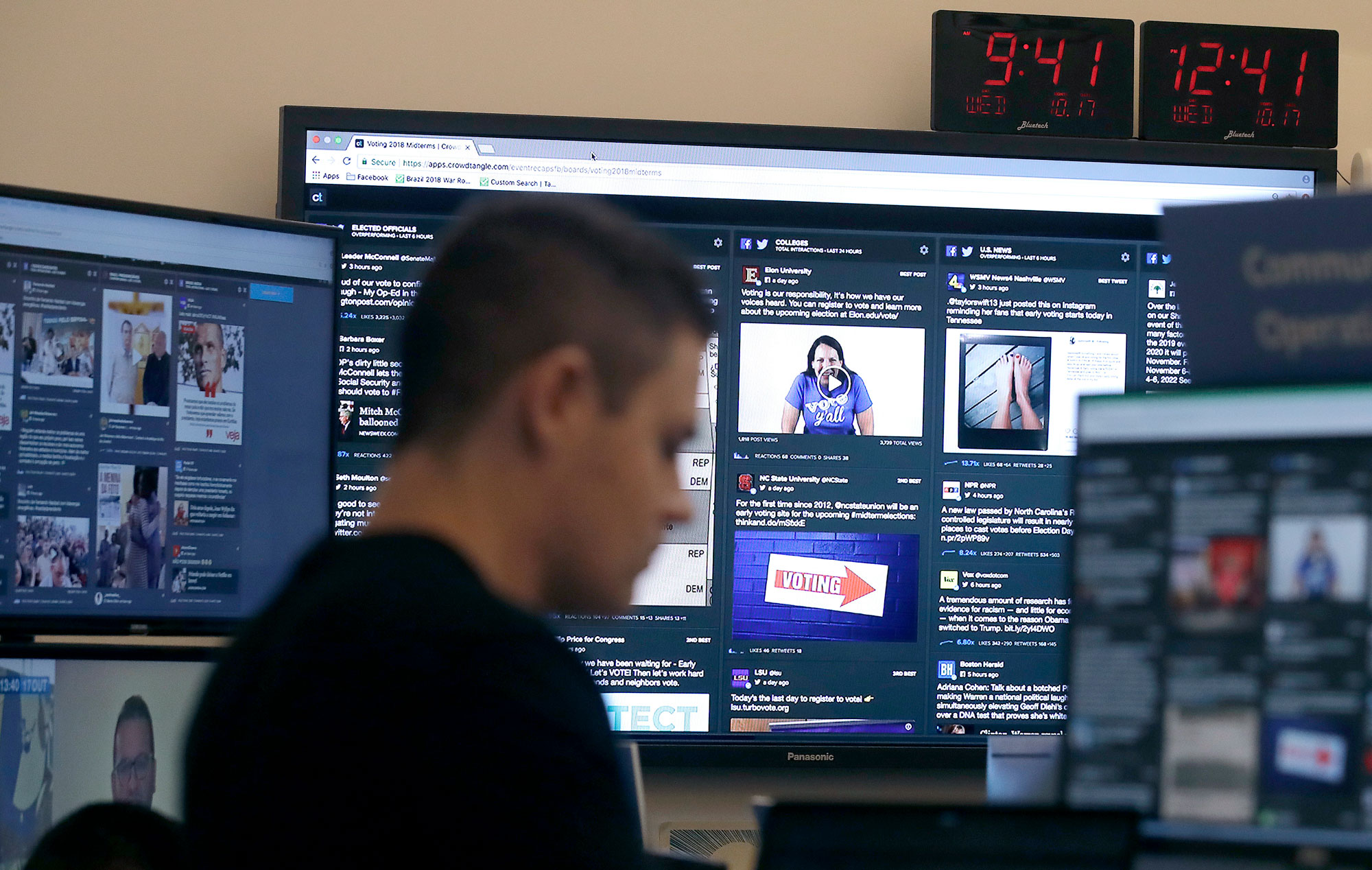70 countries have now experienced organized disinformation campaigns

The news: An increasing number of countries have experienced coordinated social-media manipulation campaigns. It’s now 70 in total, up from 48 in 2018 and 28 in 2017, according to a report by researchers at Oxford University.
What does that mean? There’s a broad definition at work here: the study includes political parties or government agencies using social media to shape public attitudes. It also includes authoritarian regimes suppressing human rights or drowning out dissenting opinions. But there is a clear trend: disinformation campaigns, where false information is spread deliberately to deceive, are here to stay, and growing in number.
Facebook comes out on top: It’s the platform of choice for these campaigns. However, that may be as much a reflection of its status as the social platform of choice for two billion people as a comment on its moderation efforts, which are coming under increasing scrutiny.
China’s rise: Seven states are using disinformation to influence other countries, the study found. It’s not a hugely surprising list: China, India, Iran, Pakistan, Russia, Saudi Arabia, and Venezuela. However, China is notable as an increasingly major player in the “global disinformation order,” as the researchers put it. Until the 2019 Hong Kong protests, Chinese propaganda was mostly confined to domestic platforms like Weibo and WeChat. It’s now started aggressively using Facebook, Twitter, and YouTube, which should worry democracies, the researchers said. You can read the full report here.
Sign up here for our daily newsletter The Download to get your dose of the latest must-read news from the world of emerging tech.
Deep Dive
Computing
Inside the hunt for new physics at the world’s largest particle collider
The Large Hadron Collider hasn’t seen any new particles since the discovery of the Higgs boson in 2012. Here’s what researchers are trying to do about it.
How ASML took over the chipmaking chessboard
MIT Technology Review sat down with outgoing CTO Martin van den Brink to talk about the company’s rise to dominance and the life and death of Moore’s Law.
How Wi-Fi sensing became usable tech
After a decade of obscurity, the technology is being used to track people’s movements.
Algorithms are everywhere
Three new books warn against turning into the person the algorithm thinks you are.
Stay connected
Get the latest updates from
MIT Technology Review
Discover special offers, top stories, upcoming events, and more.